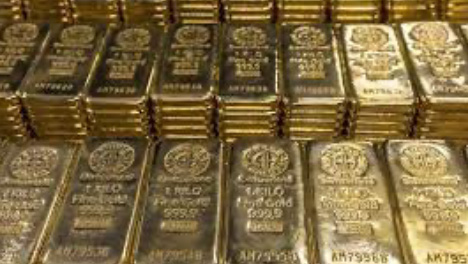Gold is recognized as a Tier 1 asset by most regulatory frameworks and central banks around the world. Gold is considered a highly liquid and easily tradable asset, and it has historically been seen as a safe haven asset during times of economic uncertainty. Therefore, gold is viewed as a highly valuable asset for banks and financial institutions to hold as part of their regulatory capital reserves. Under Basel III, for example, gold is assigned a zero percent risk weight, meaning that it is considered a highly secure and low-risk asset. This makes it an attractive asset for banks to hold as a Tier 1 asset, alongside other highly rated assets such as cash and government bonds. In addition, there is no counterparty risk associated with gold.
How much gold and silver to major countries own?
The amount of gold and silver held by major countries varies widely depending on a number of factors, including historical traditions, economic policies, and national security considerations. Here are some estimates of the gold and silver reserves held by a selection of major countries, based on data from the World Gold Council and other sources:
- United States: The United States is the world’s largest holder of gold reserves, with approximately 8,134 metric tons of gold held by the U.S. Treasury as of 2021. The U.S. does not hold significant reserves of silver.
- Germany: Germany is the world’s second-largest holder of gold reserves, with approximately 3,363 metric tons of gold held by the Deutsche Bundesbank as of 2021. Germany also holds significant reserves of silver, with an estimated 9,000 metric tons held in various forms.
- Italy: Italy is the world’s third-largest holder of gold reserves, with approximately 2,452 metric tons of gold held by the Banca d’Italia as of 2021. Italy also holds a small amount of silver reserves.
- France: France holds approximately 2,436 metric tons of gold as of 2021, making it the world’s fourth-largest holder of gold reserves. The Banque de France also holds a small amount of silver reserves.
- China: China is the world’s fifth-largest holder of gold reserves, with approximately 1,948 metric tons of gold held by the People’s Bank of China as of 2016. China also holds a significant amount of silver reserves, with an estimated 9,500 metric tons held in various forms. For the last few years China no longer gives this information out, in addition they have been accumulating a lot over the years. Most believe their stockpile has increased significantly and if/when they release their true number it may make them in the top 1 or 2 spots on this list.
- Russia: Russia holds approximately 2,300 metric tons of gold as of 2021, making it the world’s sixth-largest holder of gold reserves. Russia also holds a significant amount of silver reserves, with an estimated 45,000 metric tons held in various forms. Russia also has been adding significant sums to their holding and has not reported since the start of the war in Ukraine.
It’s worth noting that the above estimates are subject to change based on a variety of factors, including changes in national economic policies, fluctuations in global commodity prices, and geopolitical developments. Additionally, some countries may hold gold and silver reserves in forms other than bullion, such as coins or jewelry, which can be more difficult to accurately measure. What is certain is that most if not all central banks have been hoarding significant quantities since 2021
